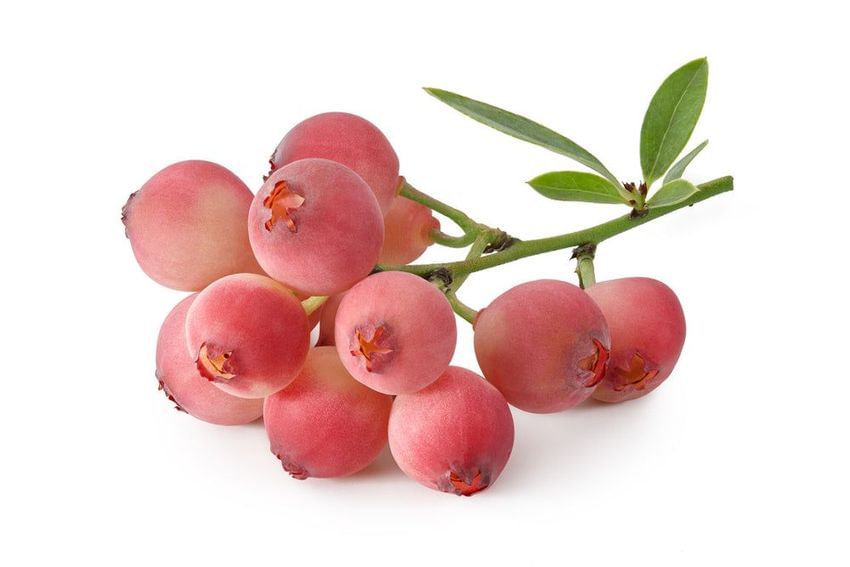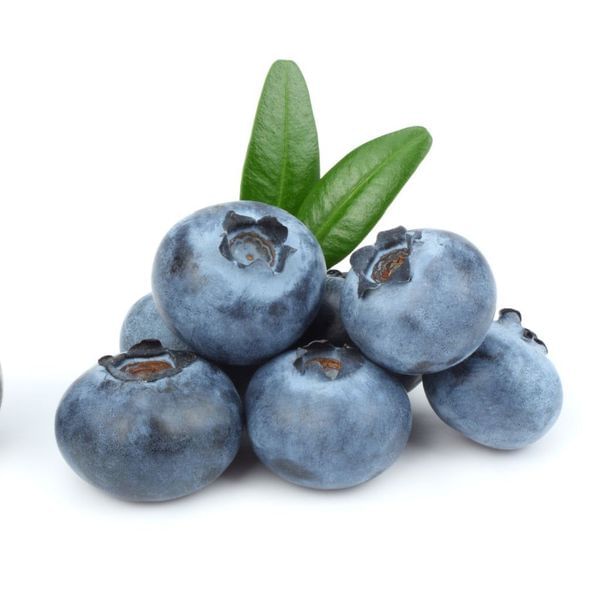- The Pink Lemonade Blueberry Bush is a unique blueberry hybrid.
- Rabbit eye blueberry parentage.
- The pink blushed lemon yellow blueberry is juicy and firm in texture.
- Like the color of the fruit, the sweetness from the sun-exposed pink side is balanced with the unmistakable lemon flavor of the yellow side.
- The Pink Lemonade Blueberry bush has a uniform growth habit and reliable fruit production.
- Height at maturity: 4'-5'
-
Plant hardiness zones 4 through 8.
- The pink blueberry remains a pinkish-red color as it matures in mid-Summer.
- Produces well in both cold climates and mild winter areas.
- As a guideline with blueberries, plant two different blueberry varieties together for a maximum harvest.
Check out our Blueberry Growing Guide (pdf)








